University Accounting Case Study: Breakeven Point Calculation
VerifiedAdded on 2023/04/22
|6
|960
|476
Case Study
AI Summary
This case study analyzes the financial performance of a small business that supports caterers, focusing on determining its breakeven point. The analysis begins with calculating the revenue per event and variable costs, including floral costs, table arrangements, soft drinks, and temporary staff wages. Fixed costs, such as annual costs for tents, trucks, and permanent staff, are also considered. The breakeven point is computed in both units (number of events) and amount, highlighting the number of events needed to cover all costs. The study then explores the relationship between fixed and variable costs, emphasizing the importance of cost management. It examines the contribution margin and its relation to variable costs, illustrating how changes in variable costs impact profitability. Limitations of the provided data are discussed, including the lack of detailed information on event types and associated costs. The study concludes by identifying missing data critical for a more accurate analysis, such as the revenue per event type and detailed cost breakdowns, to improve the understanding of variable and fixed cost behavior.
1 out of 6
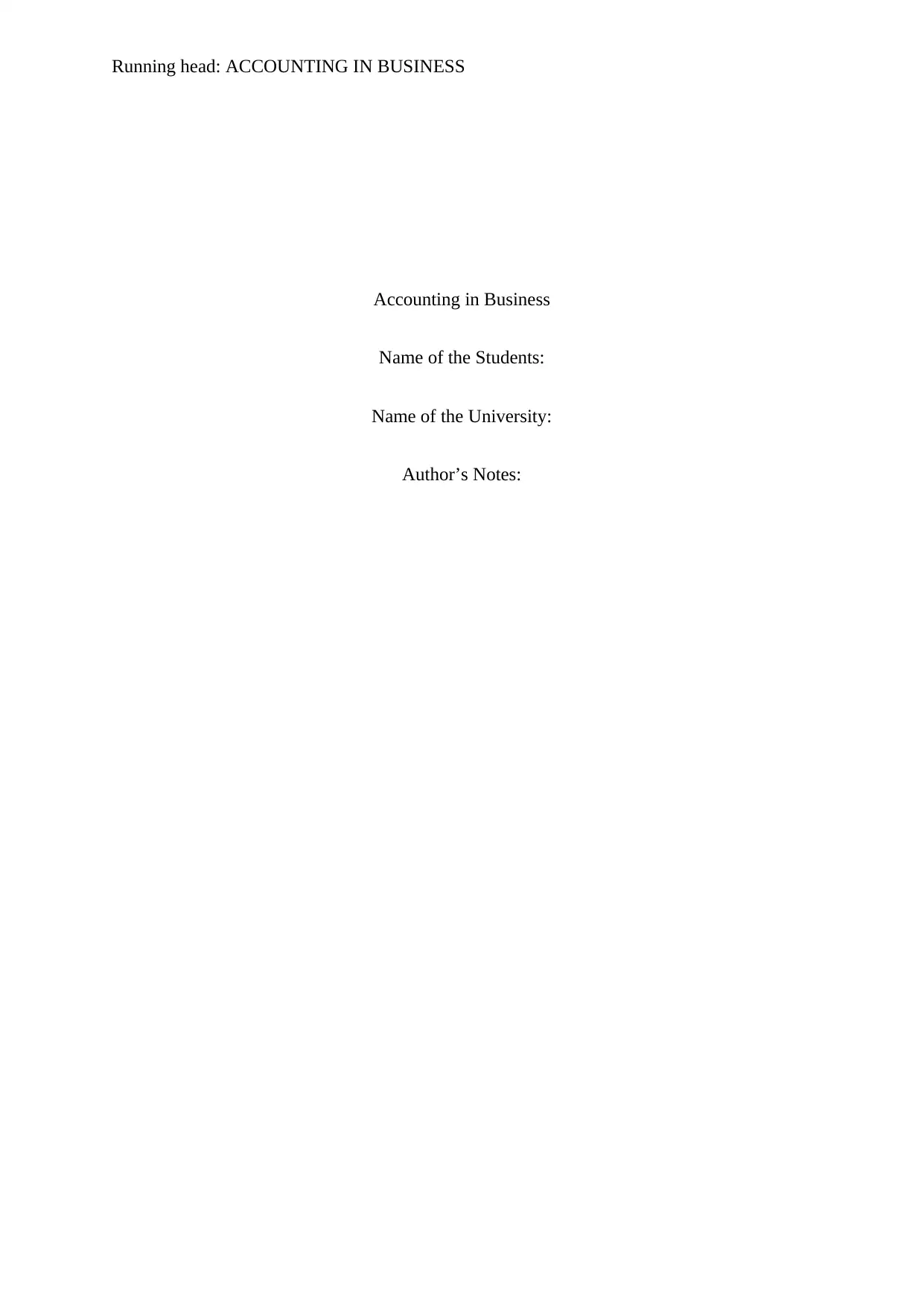
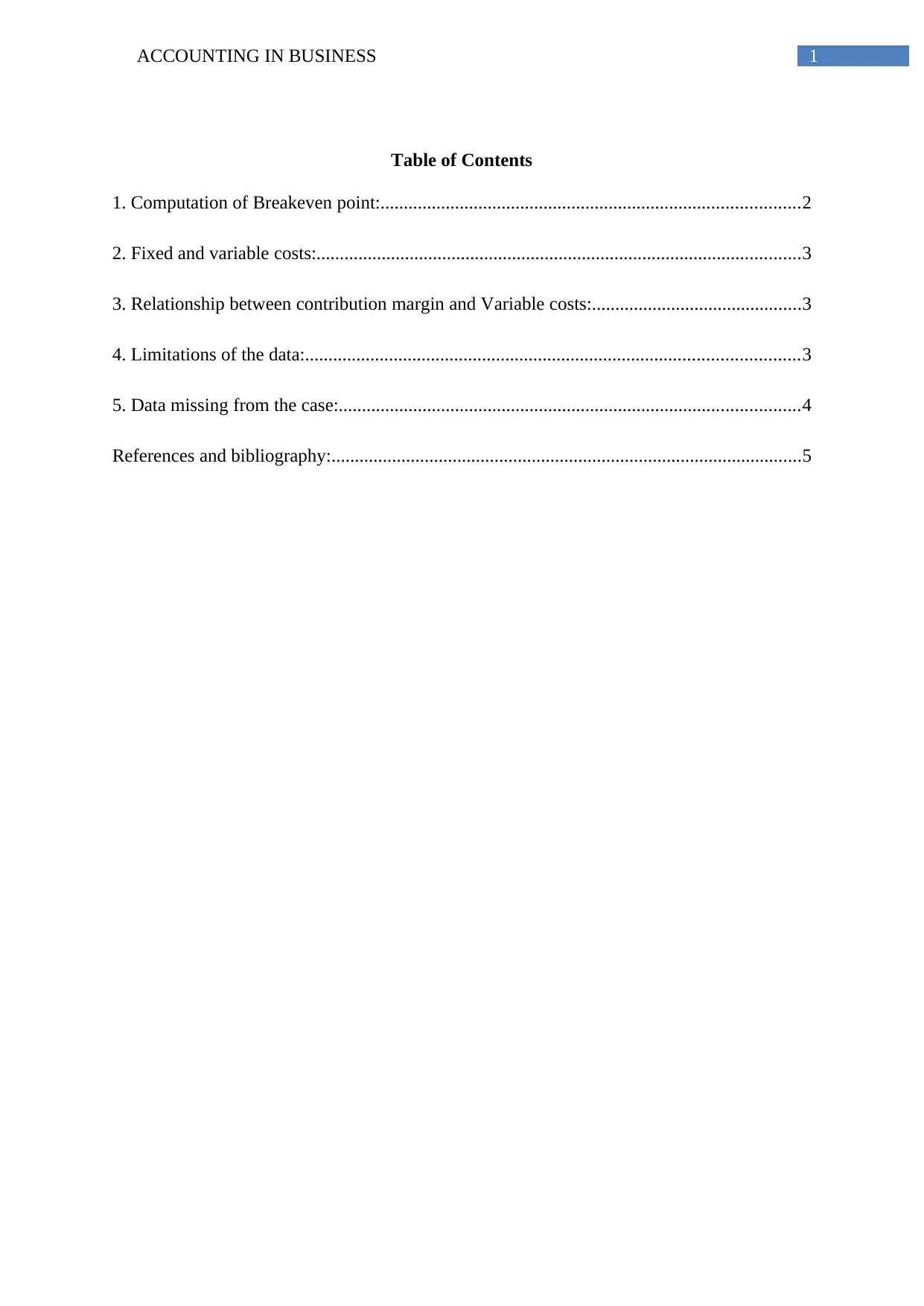
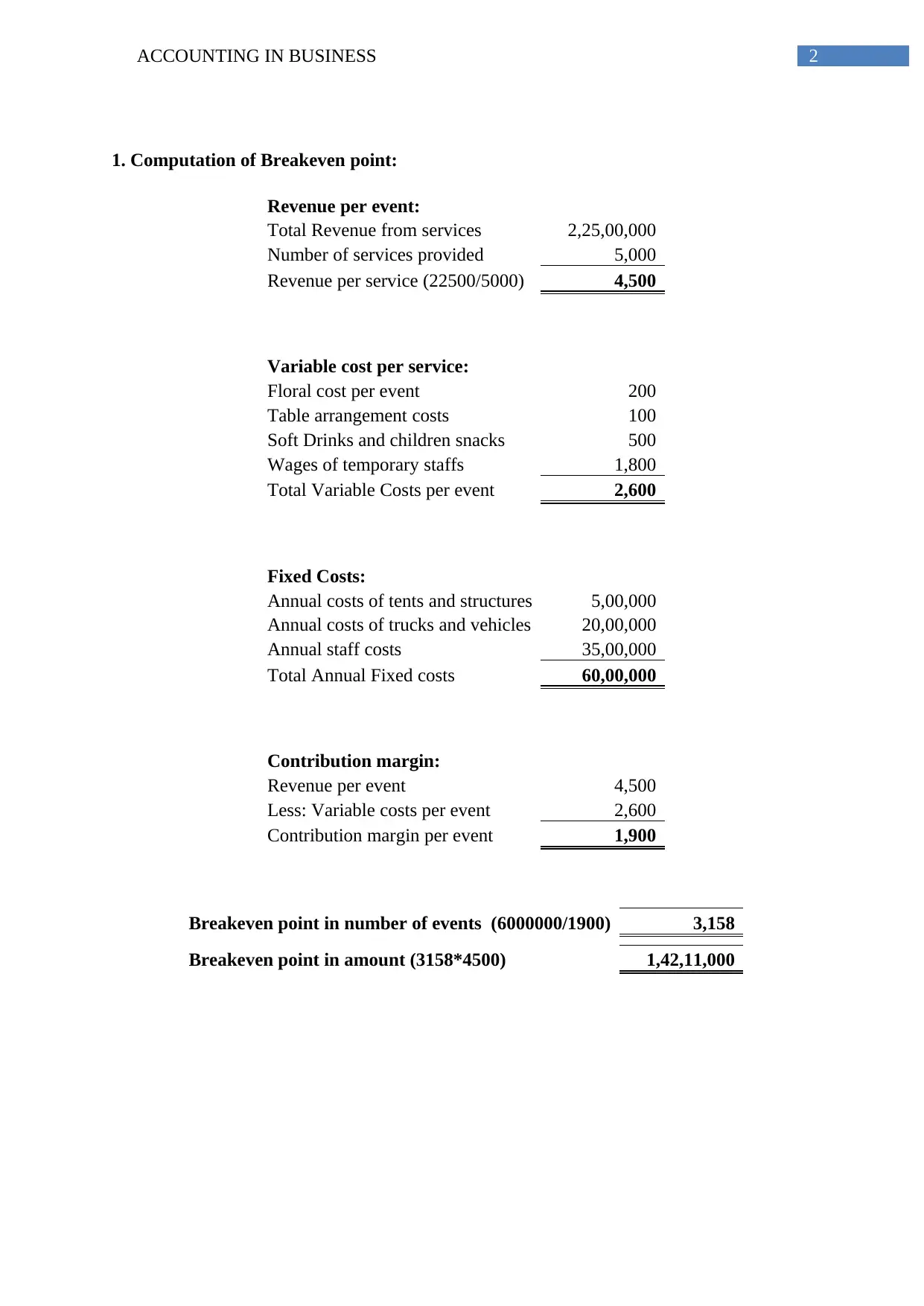

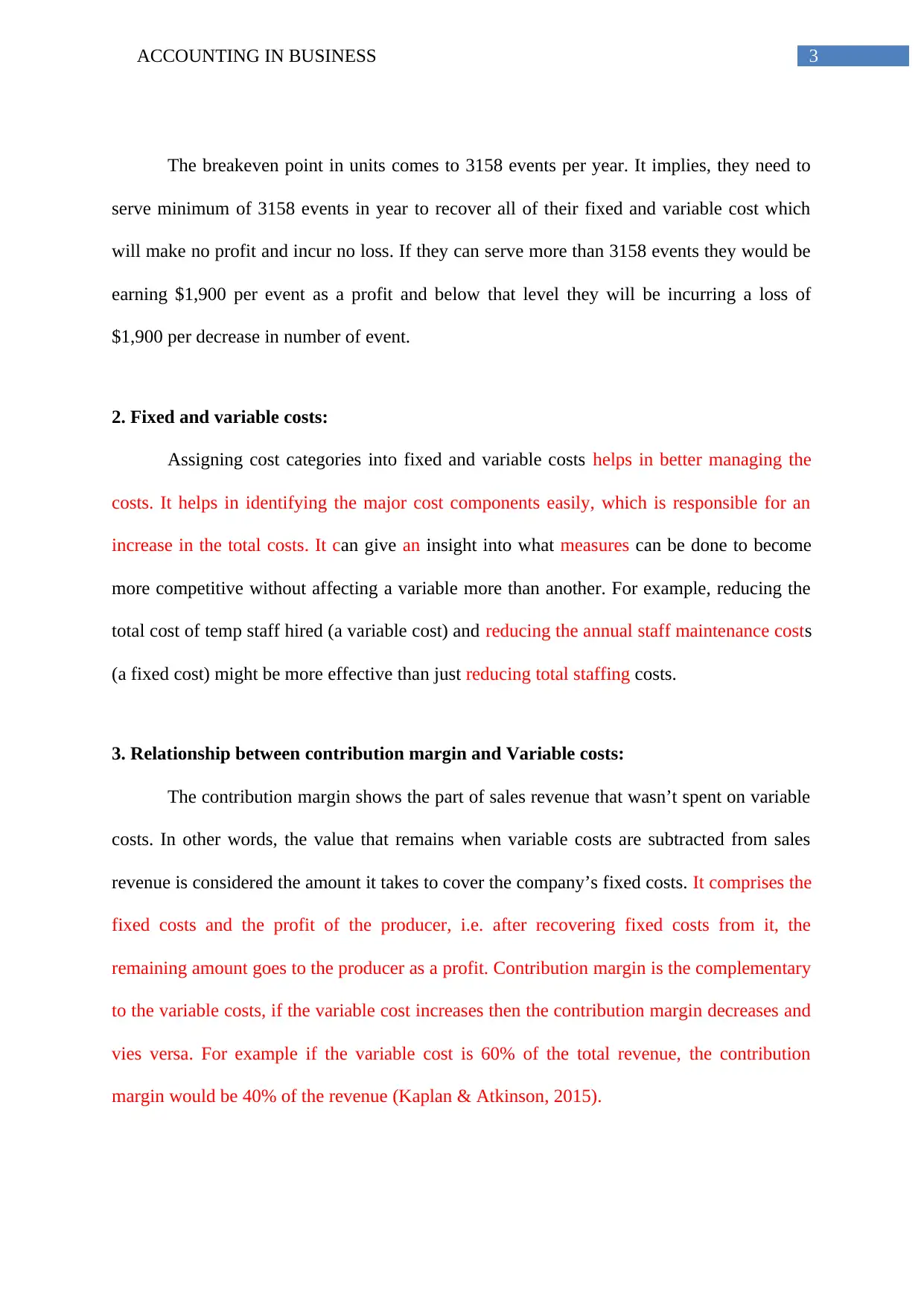
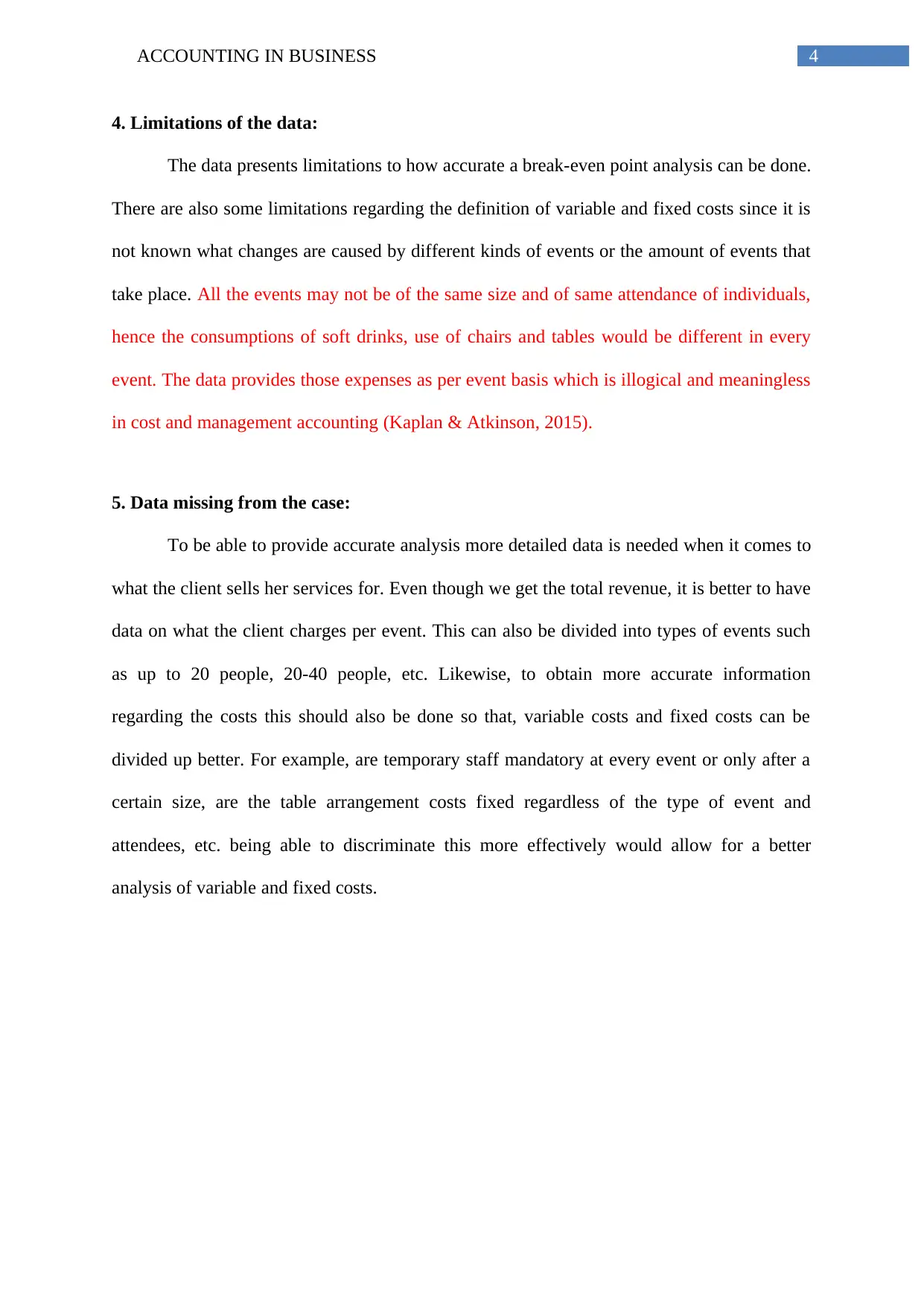
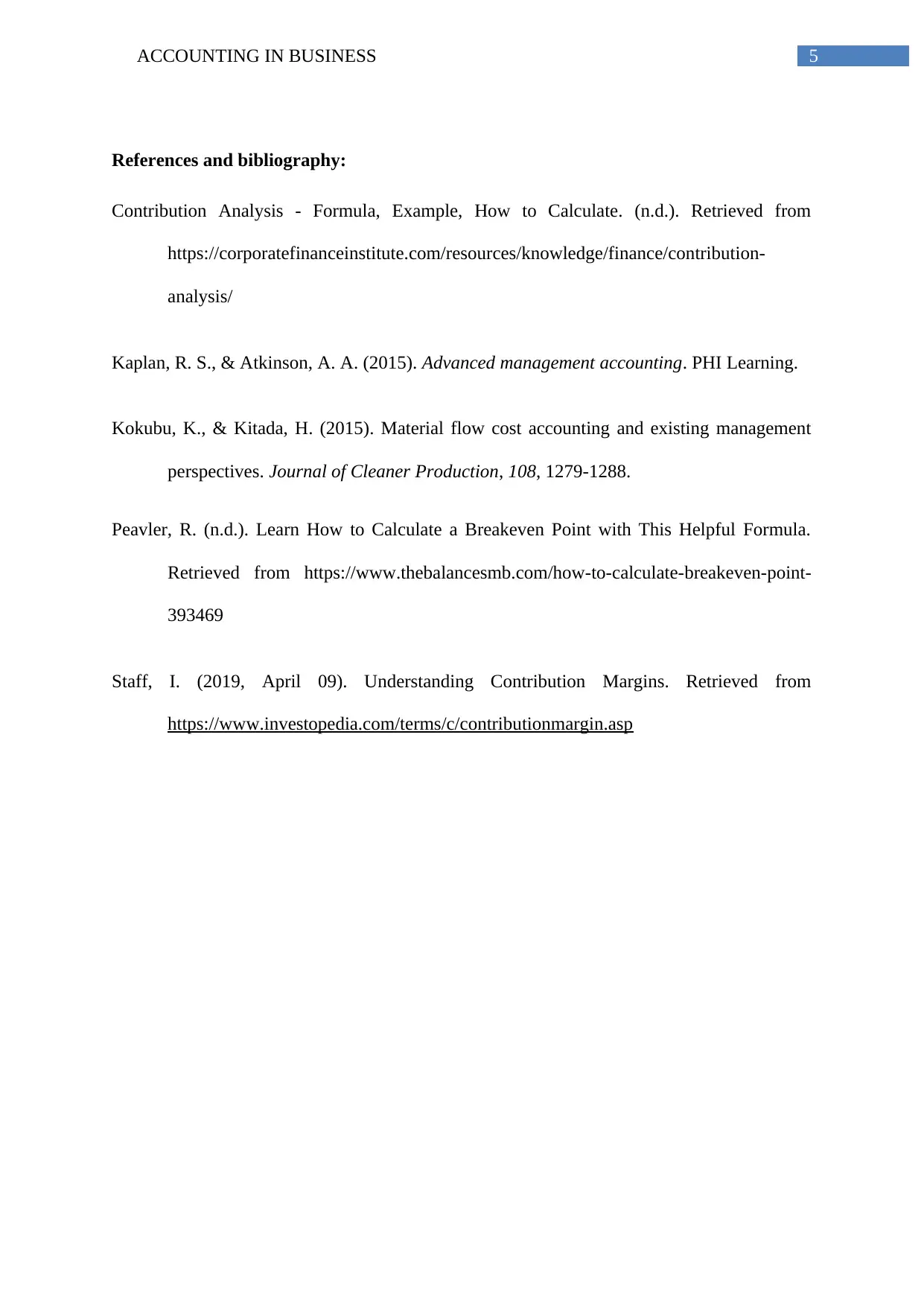






![[object Object]](/_next/static/media/star-bottom.7253800d.svg)